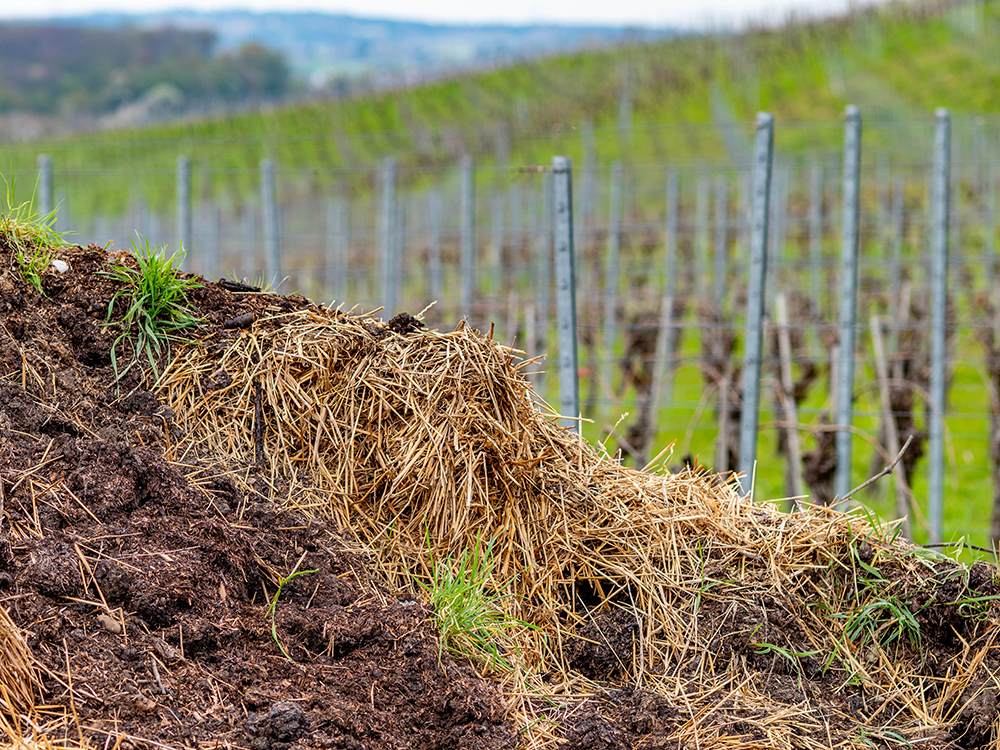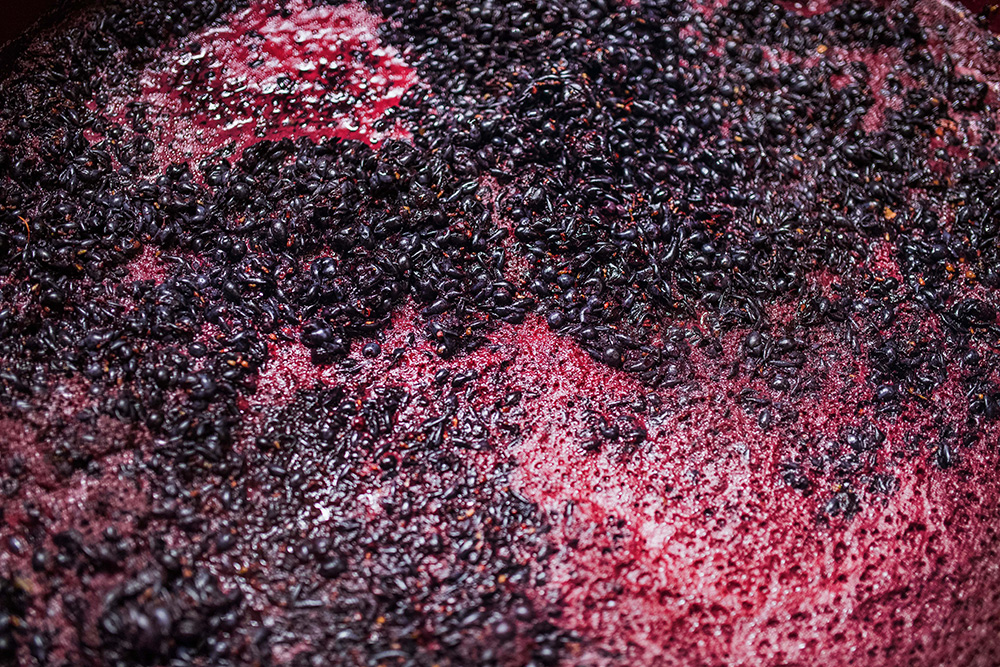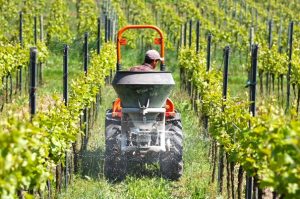The importance of precise fertilisation for wine quality
Wine quality depends on the effective management of alcoholic fermentation, which is a key process carried out by the yeast Saccharomyces cerevisiae in the musts. One of the key factors in successful fermentation is the availability of yeast-available nitrogen (YAN). If the musts lack sufficient YAN, fermentation can be delayed or stopped altogether, resulting in the formation of undesirable compounds that alter the wine’s aroma. To avoid these problems, an adequate level of YAN is crucial.
What is YAN ?
To convert grape sugars into alcohol efficiently, yeasts need sufficient quantities of assimilable nitrogen, mainly in the form of ammonium and amino acids… Among amino acids, some, such as proline, are not assimilable by yeast. This is because Saccharomyces cerevisiae, unlike other yeasts, lacks external proteases (enzymes that digest proteins) and therefore cannot hydrolyze peptides and proteins to extract amino acids. Therefore, YAN includes only ammonium ions (NH4+), free amino acids, and some peptides, which means that assimilable nitrogen can represent less than 50% of the total nitrogen.
Nitrogen requirements of yeast during fermentation
Scientific studies show that a YAN level above 180-200 mg/L is optimal for ensuring regular and complete fermentation. Lower levels can lead to incomplete fermentation, leaving residual sugars and producing wines of lower quality. According to the Institut Français de la Vigne et du Vin (IFV), the minimum YAN level in a should be at least 140 mg/L, including 50 mg/L in the form of ammonia, toto prevent fermentation from stalling.
Furthermore, YAN also influences the aromatic profile of the wine. The production of aromatic compounds, particularly esters, largely depends on the amount of assimilable nitrogen available to the yeast. Generally, the initial concentration of assimilable nitrogen in the must is directly related to the quantity of aromatic compounds produced during alcoholic fermentation

Nitrogen fertilisation to improve must quality
YAN level is therefore a key indicator for winegrowers seeking to optimise the quality of their musts. Proper nitrogen fertilisation increases the nitrogen content of the berries. For example, trials carried out by the IFV between 2005 and 2009 showed that urea-based foliar fertilisation can boost the nitrogen content of berries by 50% to 100%, depending on the dose applied.
If musts are low in nitrogen, adding YAN as a nutrient during fermentation is an option. However, this method can result in different aromatic profiles compared to wines from vineyards with adequate nitrogen fertilization.
For example, a recent study on Chardonnay revealed that, while adding nitrogen in the form of diammonium phosphate or organic nitrogen during fermentation can achieve fermentation kinetics similar to those from vineyard fertilization, they produce wines with less pronounced tropical fruit aromas.
In summary, while cellar additions of nitrogen are effective for completing fermentation, conducting a balanced fertilization in the vineyard is preferred as it enhances the aromatic characteristics of the wine.
Using decision-support tools to control nitrogen nutrition
Decision-aid tools such as Vintel® are particularly useful for improving nitrogen nutrition in vineyards and, consequently, the fermentation process. These tools enable winegrowers to forecast the nitrogen requirements of their vines based on environmental conditions (soil, weather, cover crops) and the specific characteristics of plants (phenological stage, growth, target yield). Thanks to this data, winegrowers can fine-tune their fertilisation practices, optimising nitrogen uptake and, ultimately, the quality of their musts, ensuring that they ferment evenly to produce quality wines.
In short, precise fertilisation adapted to each vineyard is essential for producing high quality grapes and ensuring optimal fermentation. Effective management of assimilable nitrogen helps to prevent fermentation issues and produce top wines.
Contact us now and ask for a demo!




